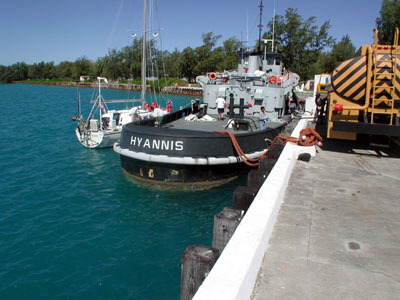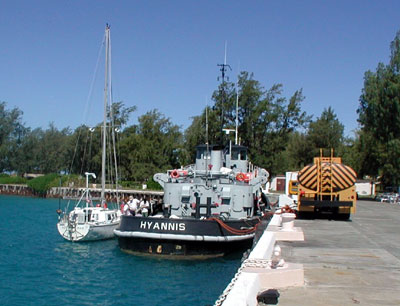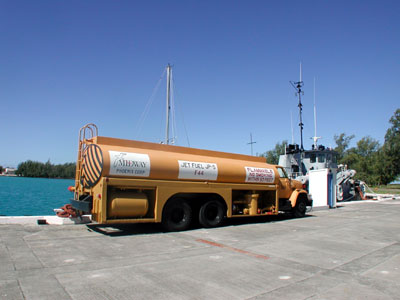


The Perkins engineers made a couple of additional observations and recommendations:
When shutting down the engine it is preferable to let it idle at no load for a short period or the engine may "vapor lock" the injector pump due to higher fuel volatility, if the engine does vapor lock let it cool completely and it will probably start just fine.
Running the engine at somewhat lighter load (in my case 2100-2200 RPM
instead of 2400-2600 RPM cruising speed) as the JP-5 will run somewhat
hotter and the cooling system may have to work harder to remove the excess
heat.
Finally, they recommended not bleeding the engine hot while smoking due to the lower flash point of JP-5 compared to Diesel Fuel.